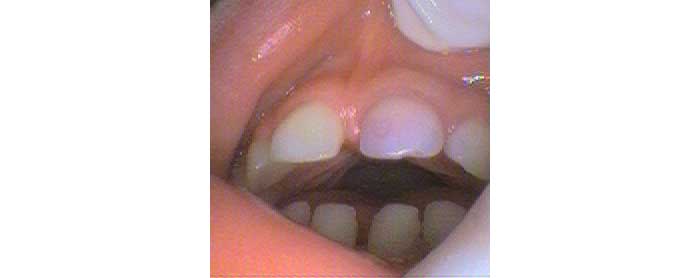How Often Do We Need to Review – Children Development and Bite – Part 2 – Jaw Development
Jaw development plays a huge role in the shape of the future bite and facial appearance.
These differences in jaw development are often seen in the appearance of the front teeth which can tell a story of the underlying jaw development.
This based on the overjet and overbite.
- Overjet is the position of the front teeth on a side on view. A positive overjet is the upper front teeth are forward of the lower front. A negative overjet is the lower teeth are forward of the upper teeth. If the teeth do not touch then it’s called an open bite.
- Overbite is the position of the front teeth on a straight on view. In other words how much do the upper teeth overlap the lower teeth? Usually there is some overlap. In deep overbite, the upper teeth overlap the lower teeth, totally. If the over jet is over a certain amount, the lower teeth do not bite on the upper teeth but on the gums behind the upper teeth causing a traumatic bite.

Now let’s look at the jaw factors that are looked at in a review:
- The size of the each jaw especially in relation to the size of the teeth. It’s a ratio. The jaw may be to large compared to the size of the teeth and spaces develop between the teeth. Many times the teeth are larger than the size of the jaw, causing crowding.
- The relationship of each jaw to each other. There are four main categories.
- Class I – The jaws are in relationship that causes the front teeth to bite each other, so that the lower teeth lean slightly forward to bite on the back, around the middle of the slightly forward angled upper teeth.
- Class II Division I – The lower jaw has not grown as much as the upper jaw and has grown at a downward angle to the upper jaw. This can cause a large positive over jet and almost no overbite, which is often, results in an open bite.
- Class II Division 2 – The lower jaw has not grown as much as the upper jaw and has grown at a very flat, more parallel growth to the upper jaw. This is a very deep overbite. The overjet size depends on how small the lower jaw is. A large overjet means the lower jaw is underdeveloped.
- Class III – The lower jaw grows further forward than the upper jaw causing a negative overjet. The overbite component depends on the angled of growth of the lower jaw. So an open bite can occur. A deep overbite can also be a possibility, but this time behind the lower front teeth.

But there’s more! There are other growth aspects of a child that need to be monitored. We will continue this in our next instalment – How Often Do We Need to Review – Children Development and Bite – Part 3 – Jaw Development – Shape of Jaws and Face.
Need an Appointment?
If you’d like to book an appointment with the dentist at Seymour Dental then call us in Dulwich Hill, Sydney on (02) 9564 2397 or
contact us
Next week
Seymour Dental Christmas Feast